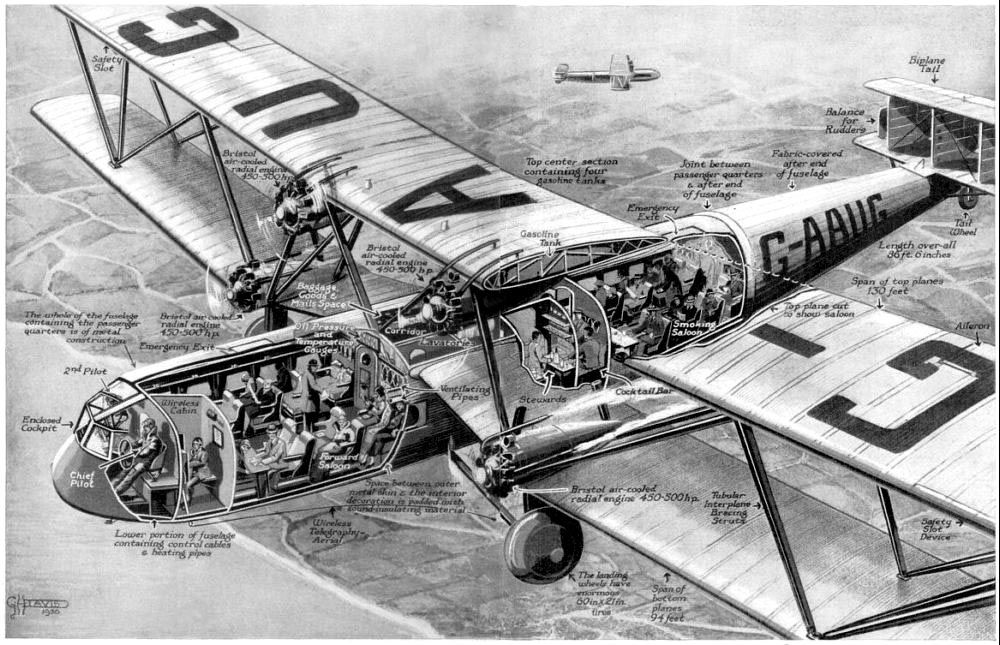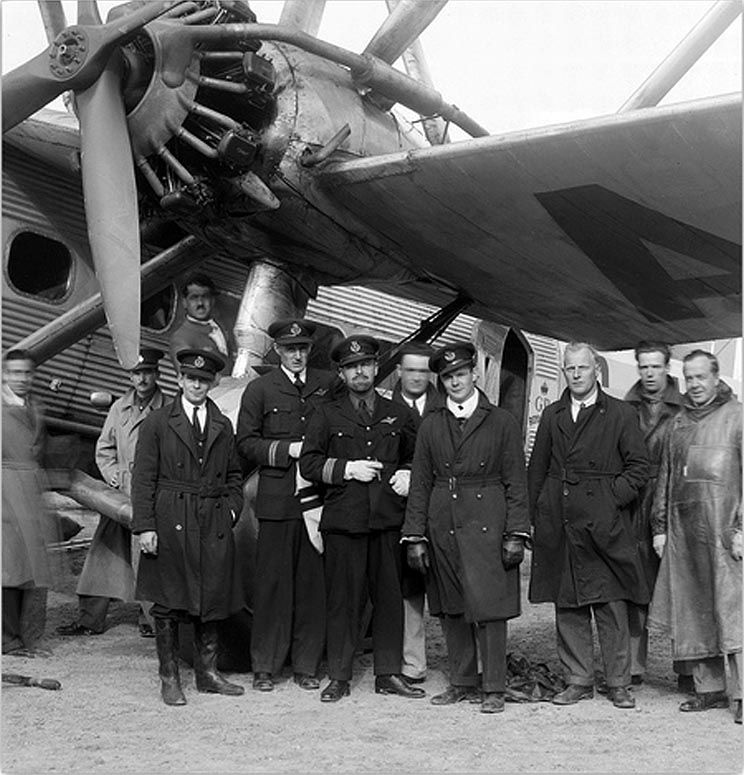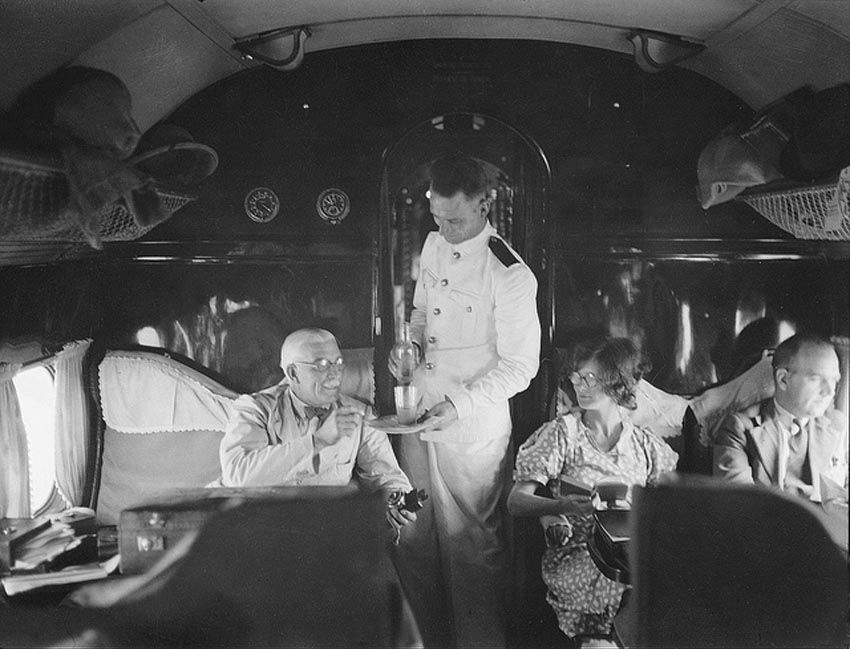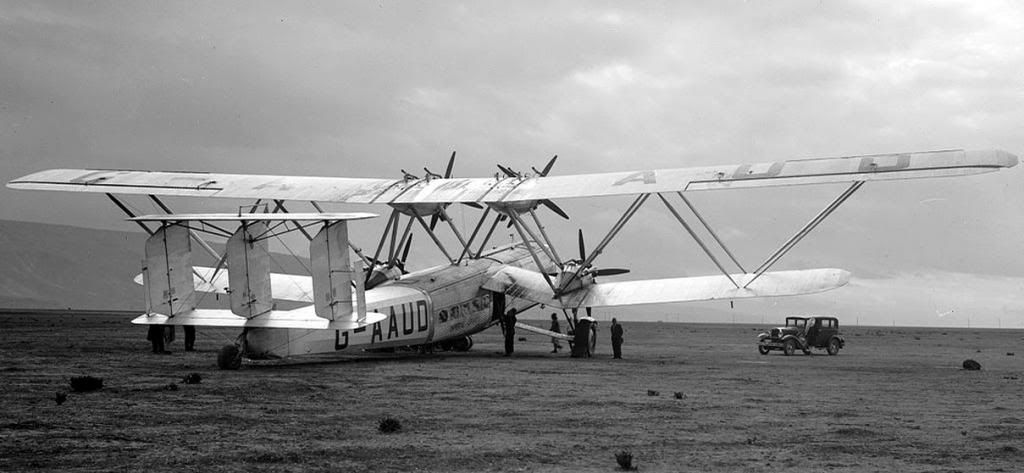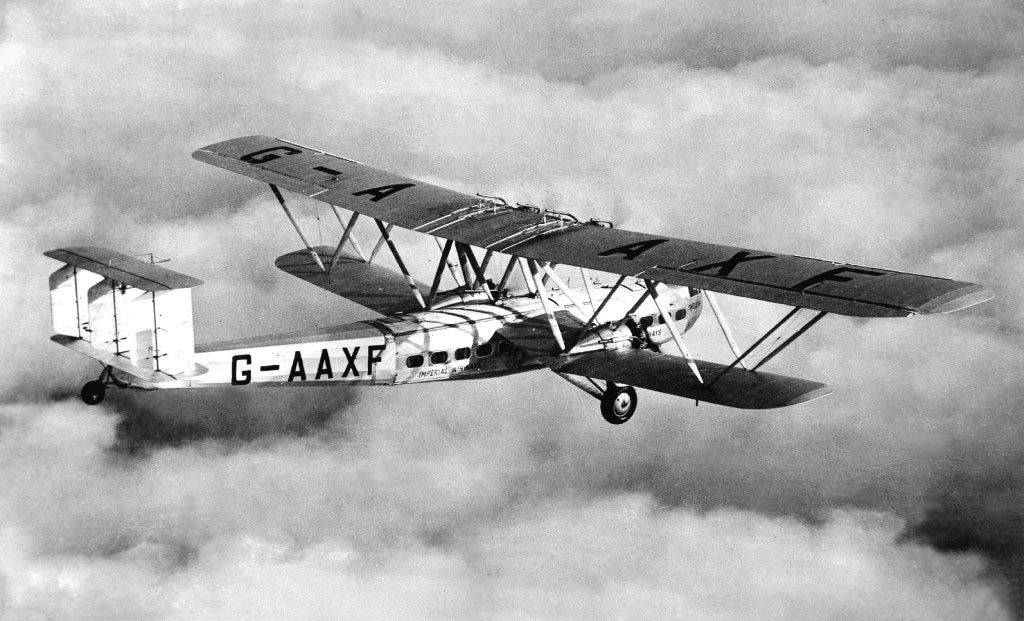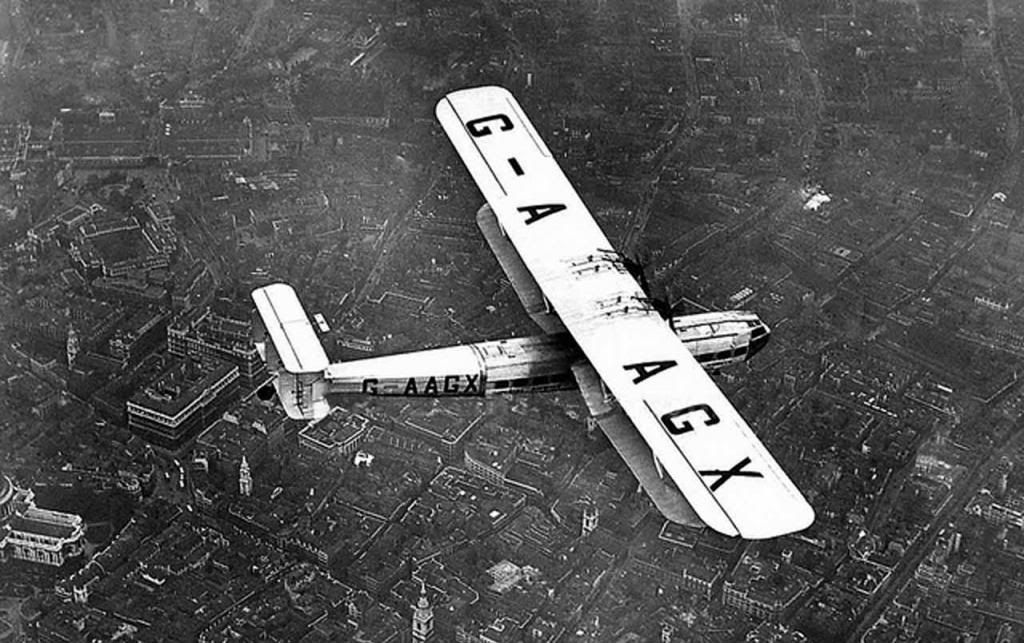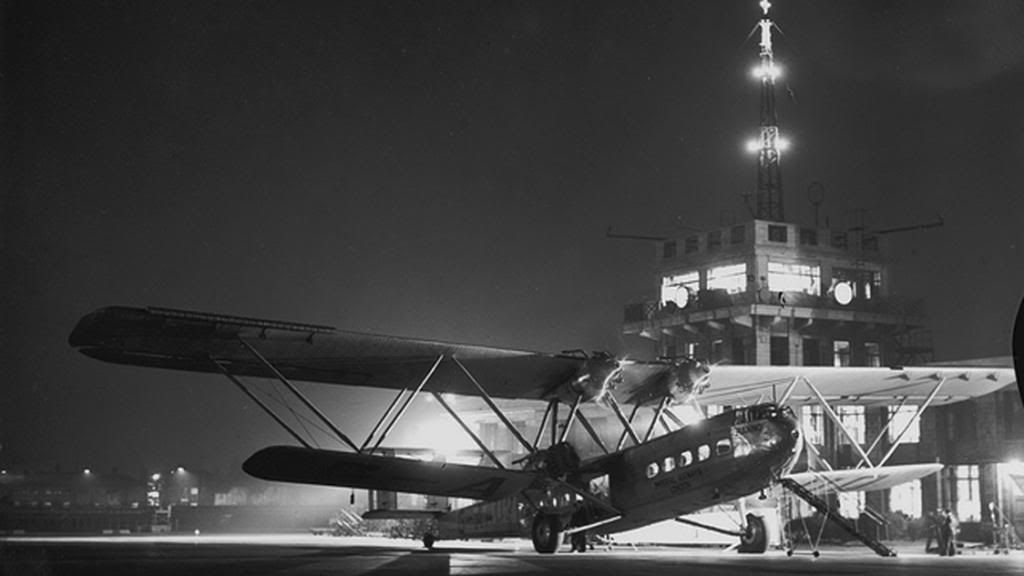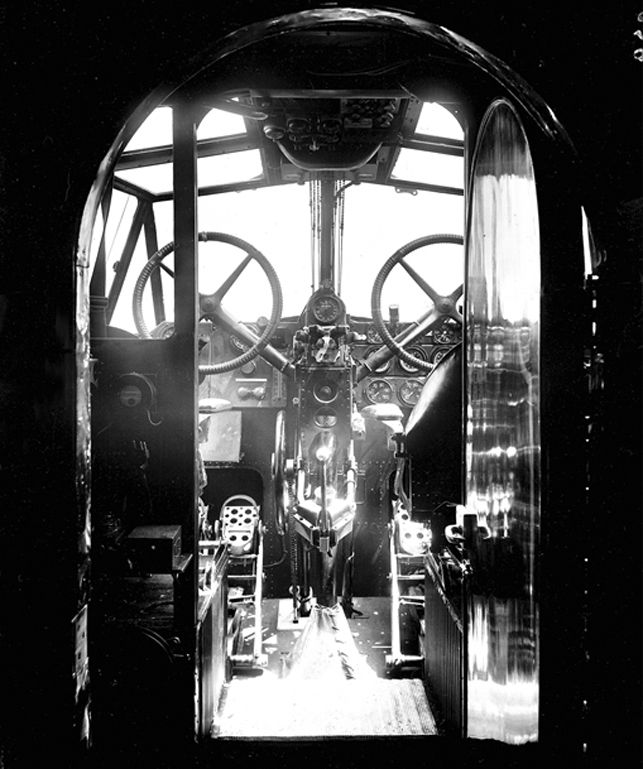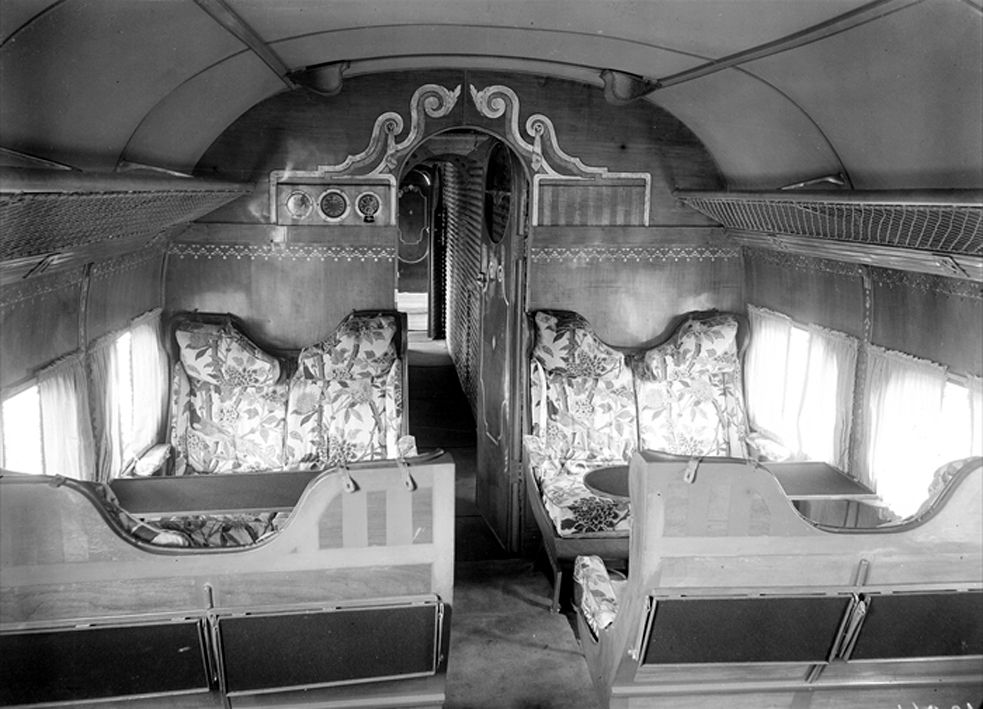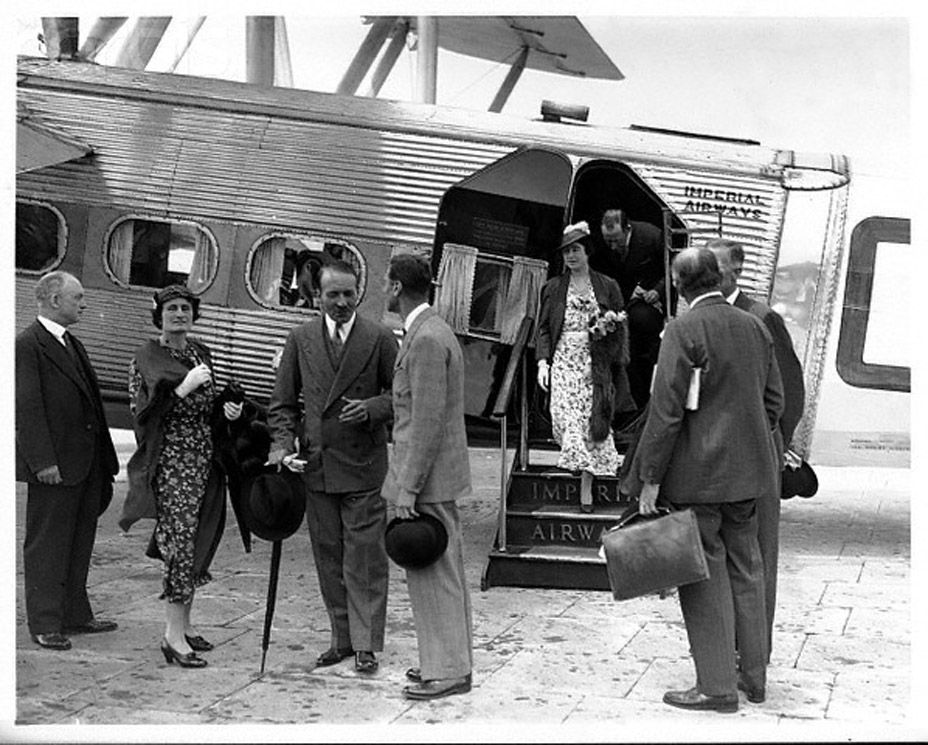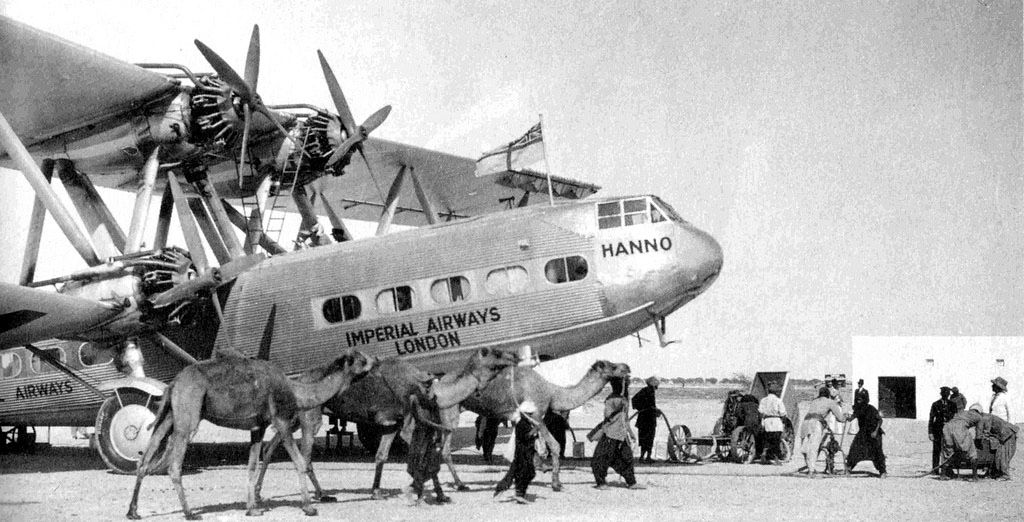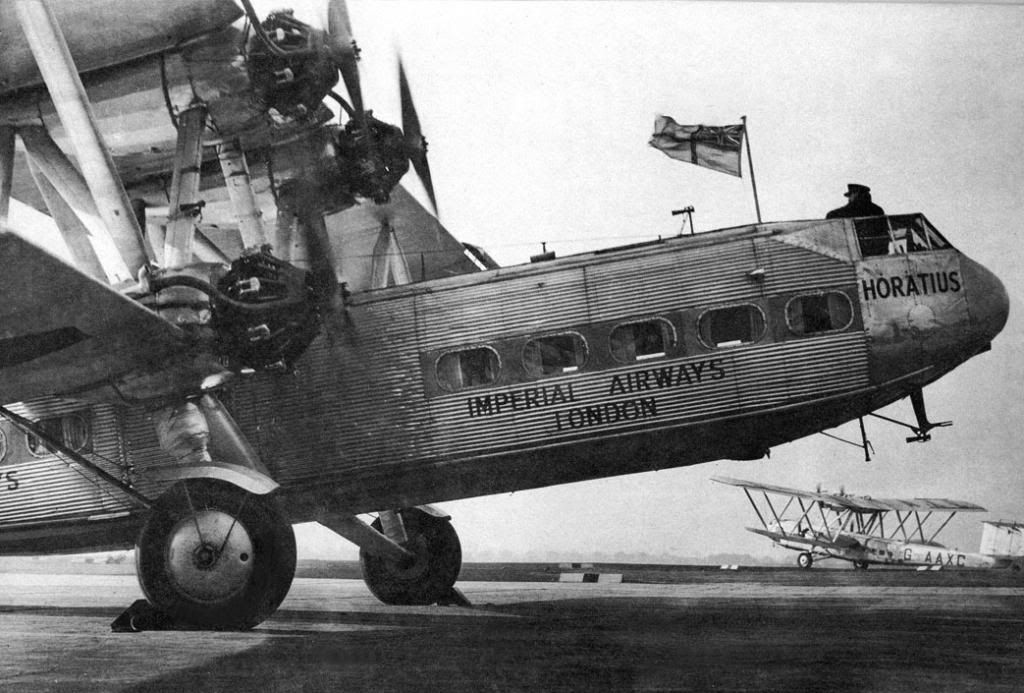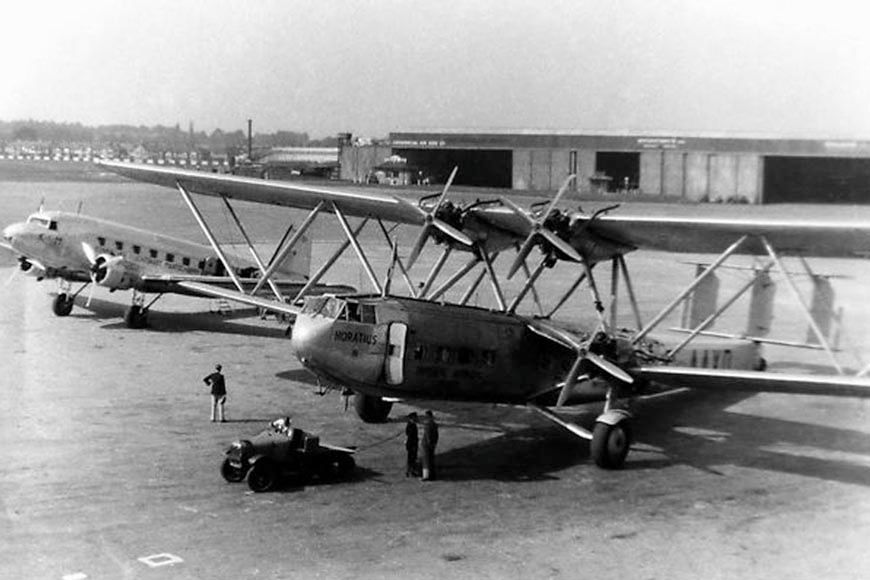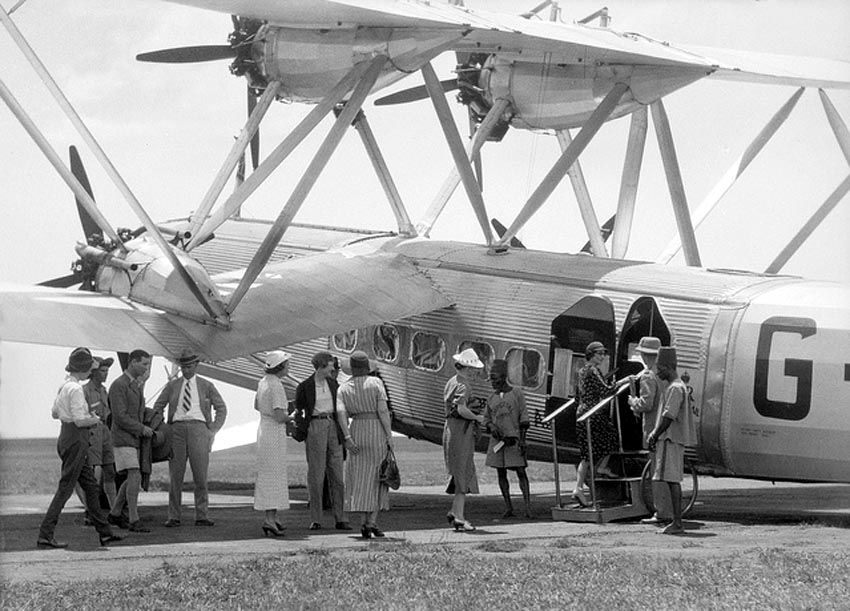Pessoal, recebi este e-mail e resolvi compartilhar com vocÊs, achei muito bacana. Sempre gostei deste avião, mas não conhecia os detalhes da operaÇão deles, vejam que nunca houve uma morte a bordo deles em seus serviÇos e a velocidade de cruzeiro era de 100 mph, se o vento contra estivesse muito forte eles simplesmente faziam meia volta ! Show ! 
Now, if you are really old & into airline travel...................
This is the way to go !
Flying the airlines in the thirties was a lot more fun than it is now. It was more leisurely and had more class. Certain elitist and
anti- British people have no time for these period "rich types". People like these, the risk takers (especially with their own money)
were the backbone of the UK. They flew from the first airline operations across the Channel in 1919.
If people had serious money in the 1930s and travelled internationally, they may well have flown on one of these large (130 foot
wingspan) Handley Page bi-plane aircraft, which were the mainstay of British Imperial Airways at the time. They carried 26 passengers
in first class only, in three different compartments. The first class saloon, the bar and cocktail area, and the smoking section. These
machines were ubiquitous, extremely safe (no passenger in a HP-42 was ever killed in 10 years of international and domestic
operations from 1930 until 1940), very comfortable in seating, leg room and service, hot meals were served on bone china with silver
cutlery, free liquor flowed, overnights were in the very best hotels. There was no rush, no waiting in lines and everyone was well
dressed. Flying along at a few thousand feet, one could see, (down to the quality of the washing on the backyard clothes lines) every
interesting feature passing below. At 95 to 100 mph. one also had time to look at the passing panorama. It took four days to a
week (depending on headwinds and weather) to fly from London to Cape Town, South Africa. By only flying about four hours a day,
staying at the best hotels in Europe, Cairo, Khartoum and the Victoria Falls. All stops to India also made for an interesting choice of
destinations. Old fashioned and good mannered ideas and behaviour, like dressing up to have evening drinks on the balcony and
certainly not ever being in a hurry - one can only salivate at how pleasurable that would be. In a modern jet , one can get from A to
B quickly (even with stop-overs), but nowadays there is nothing to be seen on the ground from 35,000 feet, the modern airline food is
at best, basic (unless you are in first class) and passengers are so jam-packed in that one tends to feel like an immigrant in steerage
as the Clipper Ship (ca 1844) creaks and strains along. We will not get on to the subject of terminals.
There was only one class; First Class. This is the forward saloon. Note the gentleman's pith helmet in the rack. Airspeed indicator and altitude displays - as in modern jets - are on the bulkhead.
Cruise speed was 100 mph or 87 knots. Maximum speed was 120mph or 104knots. No airline passenger was ever killed in one of these machines - in 10 years of service. They flew all over the UK and Europe and down to South Africa on a regular basis.
They also conducted regular services to India via many places en-route. There were occasions, flying down to Cape Town, when the strong headwinds from the south reduced the groundspeed to such an extent that the crew turned the machine around.
They flew back to their point of departure and sat it out in the hotel.
Original Post
Replies sorted oldest to newest



